2. Gao RR, Kim JH. Changes in dietary life and health-related lifestyle by stress level in Chinese international students in Korea. J Korean Diet Assoc. 2018; 24:75–91.
3. Rho JO, Chang EH. Comparison of dietary behaviors and lifestyles of Korean university students and Chinese international students in the Jeonbuk area. J East Asian Soc Diet Life. 2012; 22:452–462.
5. National Institutes of Health Office of Dietary Supplements. Dietary Supplements: What You Need to Know [Internet]. Bethesda (MD): National Institutes of Health Office of Dietary Supplements;2020. cited 2021 June 28. Available from:
https://ods.od.nih.gov/factsheets/WYNTK-Consumer/#h8
.
6. Ministry of Food and Drug Safety. Health Functional Foods Act. Sejong: Ministry of Food and Drug Safety;2021.
10. Grand View Research. Dietary Supplements Market Size, Share & Trends Analysis Report by Ingredient (Vitamins, Proteins & Amino Acids), by Form, by Application, by End User, by Distribution Channel, and Segment Forecasts, 2021 - 2028 [Internet]. San Francisco (CA): Grand View Research;2021. cited 2021 June 28. Available from:
https://www.grandviewresearch.com/industry-analysis/dietary-supplements-market
.
12. iiMedia Research. 2019-2020 China Health Product Industry Research Report [Internet]. Guangzhou: iiMedia Research;2020. cited 2021 June 28. Available from:
https://www.iimedia.cn/c400/70684.html
.
13. Alakaam A, Willyard A. Eating habits and dietary acculturation effects among international college students in the United States. AIMS Public Health. 2020; 7:228–240. PMID:
32617352.
14. McArthur LH, Grivetti LE, Schutz HG. Practices, beliefs and knowledge of international and US students regarding food supplements and health foods. Ecol Food Nutr. 1990; 24:233–249.
15. Kim SY, You JS, Chang KJ. Consumption of health functional food and dietary habits, nutrient intake and dietary quality of college students in Incheon. Korean J Nutr. 2013; 46:166–176.
16. Kim SH. A study on the use of health functional foods and its related influencing factors of university students in Korea. J Korean Soc Food Cult. 2010; 25:150–159.
17. Choi JH, Je Y. Use of vitamin and mineral supplements and related variables among university students in Seoul. J Nutr Health. 2015; 48:352–363.
18. Kim YS, Choi BB. Recognition and consumption for the health functional food of college students in the northern Gyeonggi-do area. Korean J Food Nutr. 2016; 29:206–217.
19. Shuchen G, Kim H, Kim M. A cross-cultural investigation of nutrition knowledge, dietary behaviors, and checking behaviors of food and nutrition labels between Korean and Chinese university students. J East Asian Soc Diet Life. 2015; 25:942–951.
20. Liu H, Yang Y, Xu D, Xia H, Pan D, Wang S, Sun G. Investigation and comparison of nutritional supplement use, knowledge, and attitudes in medical and non-medical students in China. Nutrients. 2018; 10:1810. PMID:
30463386.
21. Sharma A, Adiga S, M A. Knowledge, attitude and practices related to dietary supplements and micronutrients in health sciences students. J Clin Diagn Res. 2014; 8:HC10–HC13.
22. Žeželj SP, Tomljanović A, Jovanović GK, Krešić G, Peloza OC, Dragaš-Zubalj N, Prokurica IP. Prevalence, knowledge and attitudes concerning dietary supplements among a student population in Croatia. Int J Environ Res Public Health. 2018; 15:1058. PMID:
29882906.
23. Naqvi AA, Ahmad R, Zehra F, Yousuf R, Kachela B, Nehal Nadir M. Dietary supplement use among students of pharmacy colleges in the city of Karachi, Pakistan: prevalence, opinions, and attitudes. J Diet Suppl. 2019; 16:166–178. PMID:
29561199.
24. Lieberman HR, Marriott BP, Williams C, Judelson DA, Glickman EL, Geiselman PJ, Dotson L, Mahoney CR. Patterns of dietary supplement use among college students. Clin Nutr. 2015; 34:976–985. PMID:
25466950.
25. World Health Organization. Obesity: Preventing and Managing the Global Epidemic: Report of a WHO Consultation [Internet]. Geneva: World Health Organization;2000. cited 2021 June 28. Available from:
https://apps.who.int/iris/handle/10665/42330
.
26. Ministry of Health and Welfare, Korea Disease Control and Prevention Agency. Korea Health Statistics 2020: Korea National Health and Nutrition Examination Survey (KNHANES VIII-2) [Internet]. Cheongju: Ministry of Health and Welfare, Korea Disease Control and Prevention Agency;2022. cited 2022 June 28. Available from:
https://knhanes.kdca.go.kr/knhanes/sub04/sub04_04_01.do
.
27. El Khoury D, Hansen J, Tabakos M, Spriet LL, Brauer P. Dietary supplement use among non-athlete students at a Canadian university: a pilot-survey. Nutrients. 2020; 12:2284. PMID:
32751521.
28. Kobayashi E, Sato Y, Umegaki K, Chiba T. The prevalence of dietary supplement use among college students: a nationwide survey in Japan. Nutrients. 2017; 9:1250. PMID:
29140269.
29. Moore J, McClain A, Hong MY. Dietary supplement use in the United States: prevalence, trends, pros, and cons. Nutr Today. 2020; 55:174–181.
30. Dickinson A, Blatman J, El-Dash N, Franco JC. Consumer usage and reasons for using dietary supplements: report of a series of surveys. J Am Coll Nutr. 2014; 33:176–182. PMID:
24724775.
31. Hamulka J, Jeruszka-Bielak M, Górnicka M, Drywień ME, Zielinska-Pukos MA. Dietary supplements during COVID-19 outbreak. Results of google trends analysis supported by PLifeCOVID-19 online studies. Nutrients. 2020; 13:54. PMID:
33375422.
32. Mayasari NR, Ho DK, Lundy DJ, Skalny AV, Tinkov AA, Teng IC, Wu MC, Faradina A, Mohammed AZ, Park JM, et al. Impacts of the COVID-19 pandemic on food security and diet-related lifestyle behaviors: an analytical study of google trends-based query volumes. Nutrients. 2020; 12:3103. PMID:
33053656.
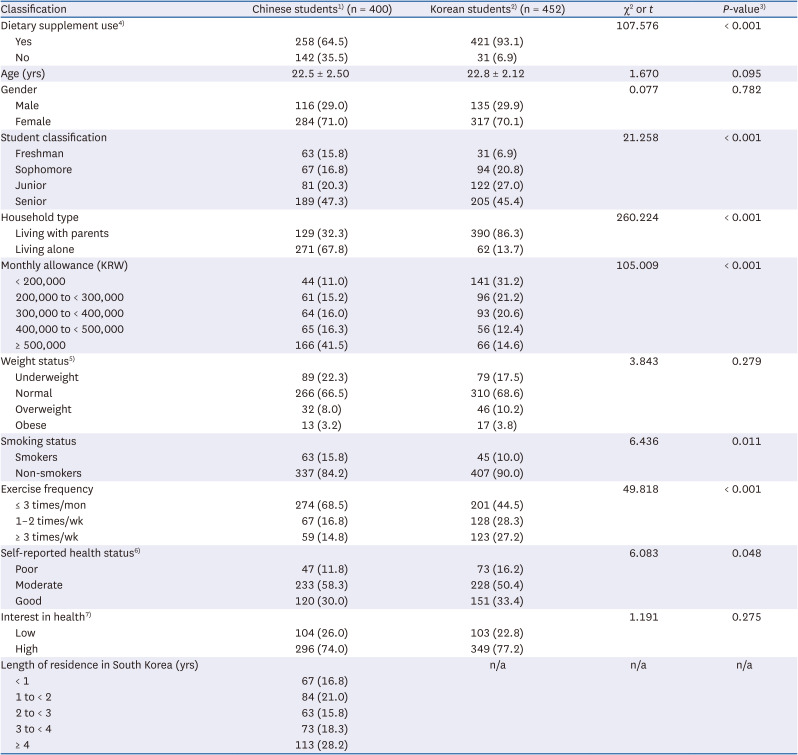
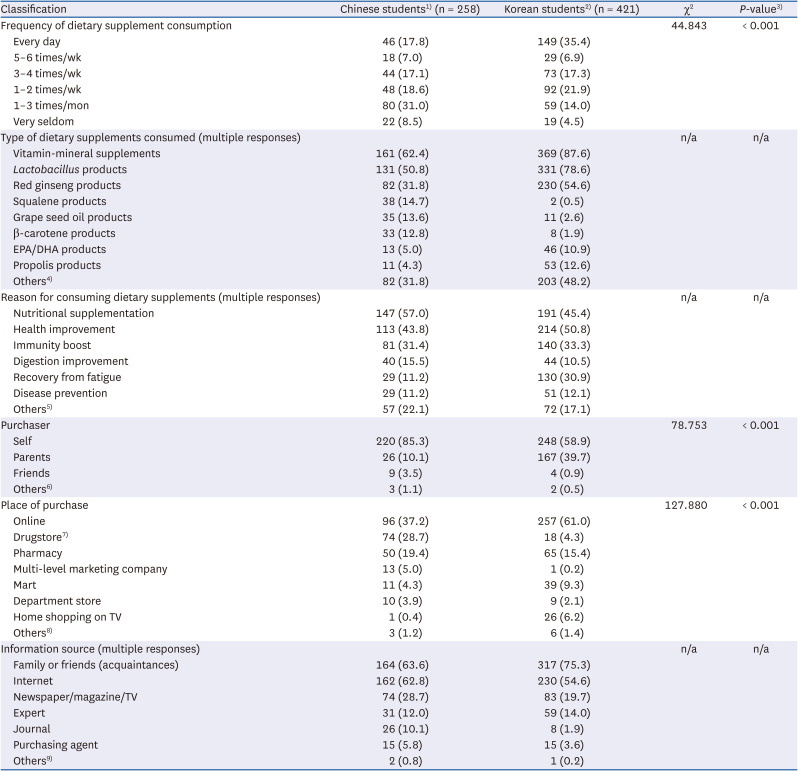


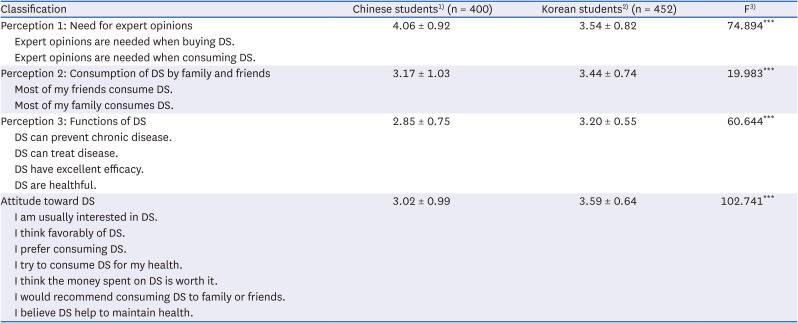
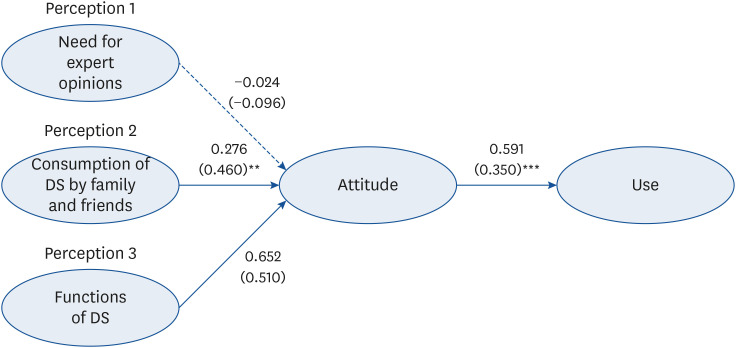
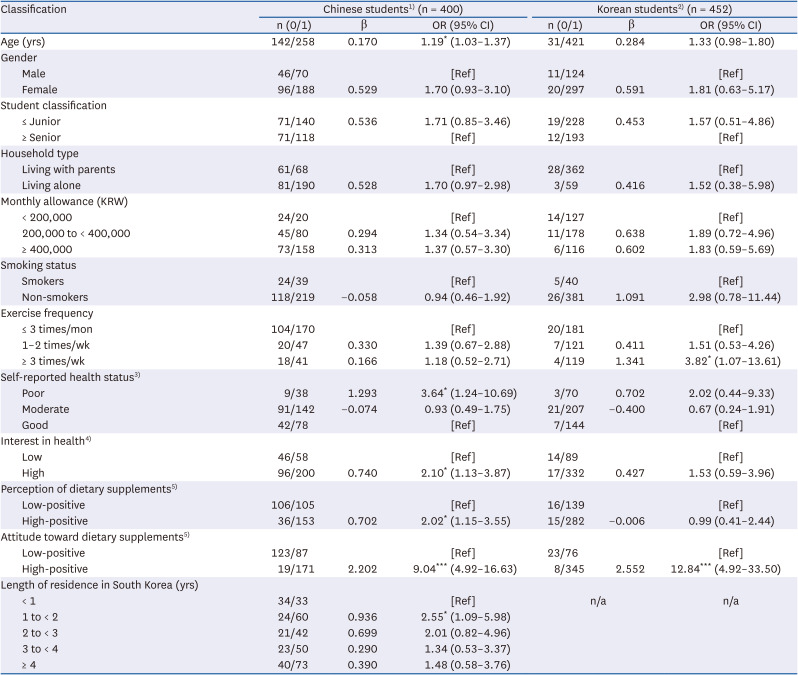




 PDF
PDF Citation
Citation Print
Print



 XML Download
XML Download